In today’s competitive digital landscape, content marketing has become a non-negotiable strategy for businesses aiming to build trust, drive leads, and achieve long-term growth. Great content informs, educates, entertains, and persuades. It helps your audience solve problems, builds your brand’s authority, and positions you as a reliable resource – not just a vendor.
In this article, we’ll explore the essence of content marketing, the types of content you can use, the steps to develop a successful content strategy, and how it can significantly impact your brand’s visibility, customer trust, and conversion rates.
What Is Content Marketing?
Content marketing is a strategic marketing approach focused on creating and distributing valuable, relevant, and consistent content to attract and retain a clearly defined audience. Instead of aggressively pitching products or services, content marketing delivers information that makes your audience more informed – and in turn, more likely to trust and choose your brand when the time comes to make a purchase.
Why Content Marketing Works
People no longer respond to traditional advertising the way they used to. They block ads, ignore cold emails, and scroll past promotions. But they do consume content – blog posts, videos, podcasts, guides, and more. The brands that win in this new reality are the ones who educate, entertain, and serve value first.
With a solid content marketing strategy, you can:
-
Build awareness and trust
-
Generate inbound traffic
-
Improve SEO and keyword rankings
-
Increase leads and conversions
-
Strengthen customer retention
Types of Content Marketing
The power of content marketing lies in its versatility. Here are some key formats to consider:
Blog Posts – Informative articles that drive organic traffic through SEO.
Videos – Engaging visual content that simplifies complex topics.
Infographics – Visually appealing graphics that convey data or processes quickly.
Podcasts – Audio content perfect for educating on the go.
Social Media Posts – Bite-sized content tailored to engage your audience.
Ebooks & Whitepapers – Long-form content that builds authority and captures leads.
Case Studies – Real-world examples that build credibility.
Email Newsletters – Direct communication to nurture relationships with subscribers.
The Content Strategy Blueprint
Without a plan, content marketing becomes guesswork. Here’s how to create a strategy that delivers real business results:
1. Define Your Goals
Start with clarity. Are you aiming to increase brand awareness, boost SEO rankings, generate leads, or improve customer loyalty? Each goal will dictate the type of content you create and how you distribute it.
2. Know Your Audience
Understanding your ideal customer is critical. Develop buyer personas based on demographics, behavior, goals, and pain points. Use surveys, analytics, and customer interviews to gather insights.
3. Perform Content & SEO Audits
Assess your existing content. What’s working? What’s outdated? Use tools like Google Search Console or Semrush to find content gaps, high-performing topics, and SEO opportunities.
4. Plan Your Content Calendar
Build a structured plan that outlines what content you’ll publish, when, and where. Include keywords, formats, audience segments, and distribution tactics.
5. Create High-Quality Content
Focus on content that educates, entertains, or solves a problem. Each piece should:
Target a specific keyword
Deliver actionable value
Be easy to read and well-formatted
Include strong calls to action (CTAs)
6. Optimize for SEO
Follow best practices like:
Use of focus keywords in titles, descriptions, and headings
Internal and external linking
Alt text for images
Fast page load and mobile responsiveness
7. Promote and Distribute
Content doesn’t promote itself. Share it via:
Social media platforms
Email campaigns
Influencers and partners
Paid ads and retargeting
PR and content syndication
8. Analyze and Improve
Track key metrics such as:
Organic traffic
Time on page
Conversion rates
Backlinks
Social engagement
Use data to refine and improve your content strategy continuously.
Benefits of Long-Term Content Marketing
The longer you invest in content, the stronger the returns. Why?
Evergreen content generates traffic over time
SEO authority compounds
Audiences build loyalty and trust
It fuels every stage of your marketing funnel
Common Mistakes to Avoid
Publishing low-quality or irrelevant content
Skipping keyword research
Being inconsistent
Focusing on selling, not solving
Not tracking results or adjusting strategy
Content marketing isn’t just a tactic – it’s the foundation of modern digital growth. When executed properly, it becomes your brand’s most powerful and cost-effective tool for attracting and converting the right audience.
If you’re ready to implement a high-performance content strategy that drives measurable results, Grow Metrix is here to help. Let’s turn your content into your strongest marketing asset.




https://shorturl.fm/VzNNO
https://shorturl.fm/nhRJI
https://shorturl.fm/DW5Fv
https://shorturl.fm/aNk2Z
https://shorturl.fm/goGhK
https://shorturl.fm/7nvyP
https://shorturl.fm/QCgh8
https://shorturl.fm/DoMHr
**mindvault**
mindvault is a premium cognitive support formula created for adults 45+. It’s thoughtfully designed to help maintain clear thinking